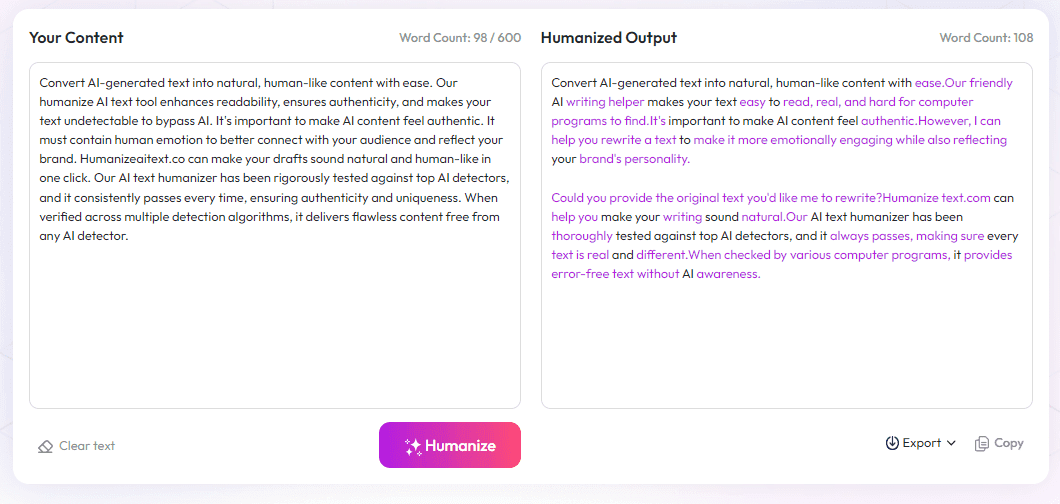Table of Contents
People often struggle with figuring out how to get things done smoothly and on time. If you’re tired of feeling stuck or making mistakes, don’t worry—you’re not alone. By following a simple plan, you can tackle challenges step by step and make your life a lot easier.
Stick with me, and I’ll show you an easy way to understand key ideas, break down processes, and avoid common pitfalls. If you keep reading, you’ll get a clear path to solve problems effectively and see real improvement.
Here’s a quick preview: We’ll look at what the main problem is, learn a simple process to fix it, share helpful tips, point out mistakes to avoid, and highlight how following these steps makes things go much better.
Key Takeaways
Key Takeaways
- Start by clearly defining what type of book you want to publish and your main goal to stay focused and avoid wasting time.
- Understand the core process of self-publishing—formatting, designing, listing, and marketing—by breaking it into simple steps.
- Follow a step-by-step plan: prepare your manuscript, create a cover, write a good description, upload files, set prices, and promote.
- Use practical tips like researching popular genres, proofreading thoroughly, and optimizing your metadata to attract readers.
- Avoid common mistakes such as skipping editing, neglecting metadata, or delaying marketing efforts, which can hurt sales.
- Sticking to an organized plan helps make publishing less stressful, increases your book’s chances to stand out, and builds confidence for future projects.

Identify the Main Problem or Question
The most important step in any writing or publishing journey is understanding what you want to achieve. Are you looking to publish a novel, create a children's book, or develop a niche content piece? Knowing your primary goal helps you focus your efforts and avoid wasting time on unnecessary tasks.
For example, if your goal is to publish a book without an agent, it’s helpful to examine current trends and options available through independent publishing platforms like Amazon KDP. Recognizing your main problem, such as "How can I publish my book independently?" sets the foundation for effective planning.
Pinpoint the specific challenge or question you're facing—this keeps you grounded and ensures your actions are directed toward a clear outcome. Whether you're wondering about the best way to structure your story or the steps to get it into readers' hands, clarifying this makes the entire process smoother.
Explain the Key Concept or Process Clearly
Understanding the core concept or process is essential before jumping into execution. For example, learning how self-publishing works can demystify the journey from manuscript to market. Essentially, self-publishing involves formatting your manuscript, designing a cover, choosing distribution platforms, and marketing your book.
Think of it like baking a cake: you need to gather ingredients, follow a recipe, and understand each step's purpose. For writers, this could be about knowing what file formats work best for Kindle or how to write a compelling book description that grabs attention.
Breaking down complex procedures—such as setting up your book on Amazon KDP or creating an interactive ebook—into simple, actionable steps makes the process less intimidating. Familiarize yourself with tools like (https://automateed.com/book-cover-size-pixels) or the basics of formatting, so you're confident when starting.
List the Steps to Achieve the Goal or Solve the Problem
- Define your publication goals clearly—knowing whether you want to reach wide audiences or target niche readers guides your choices.
- Research the best platforms for your project, such as Kindle Direct Publishing or other self-publishing services.
- Prepare your manuscript by editing thoroughly and formatting according to platform specifications.
- Create an eye-catching cover using recommendations for (https://automateed.com/best-fonts-for-book-covers).
- Write an engaging book description that hooks potential readers and boosts discoverability.
- Upload your files to the chosen platform, ensuring all formatting aligns with requirements.
- Set your pricing strategy, considering market research from sources like (https://automateed.com/average-ebook-price).
- Publish and promote your book through social media and targeted marketing efforts.
- Monitor sales and gather feedback to refine your approach for future projects.
Following these steps helps streamline the process and increases your chances of success. Tackling each phase with focus ensures that you don't miss critical details, like optimizing your metadata or making your book available in multiple formats.

Highlight Important Tips and Best Practices
Sharing practical tips can make your publishing journey smoother and more successful. For example, invest time in researching trending genres and cover styles that catch the eye. Use tools like (https://automateed.com/best-fonts-for-book-covers) to select fonts that resonate with your genre and attract readers.
Always proofread your manuscript multiple times or get a professional editor involved. Consider beta readers to gather honest feedback before finalizing your book. Consistent branding across your author profiles and cover designs helps build recognition and trust among readers.
Don’t forget to optimize your metadata—title, subtitle, keywords, and categories—so your book gets noticed on platforms like Amazon. Also, look into running price promotions or discounts during launch to boost visibility. For multiple marketing tricks, check out (https://automateed.com/how-to-increase-book-sales-on-amazon).
Provide Common Mistakes to Avoid
One frequent pitfall is rushing to publish without proper editing, which can lead to negative reviews and low sales. Always ensure your manuscript is polished; consider hiring a professional editor with experience in your genre.
Another mistake is neglecting your book’s metadata—failing to optimize keywords, categories, or the book description can limit discoverability. Also, many authors overlook the importance of a professional cover; a poorly designed cover might turn off potential readers at first glance.
Many new writers also wait too long to market their books. Start building your audience early by creating a mailing list or engaging on social media. Avoid overpricing your initial launch—research shows that competitive pricing helps more readers take a chance on your book.
Summarize the Benefits of Following These Steps
When you stick to an organized plan, publishing becomes less stressful and more rewarding. Good planning increases your chances of reaching your target audience effectively.
With proper preparation, your book is more likely to stand out in a crowded market, attracting positive reviews and increasing sales. Also, understanding the process helps you avoid costly mistakes and saves time in the long run.
Following best practices keeps your project manageable and boosts your confidence as an author. Over time, these habits can help you build a steady stream of work and a loyal reader base. Remember, a well-structured approach makes the difference between a book that gets lost and one that sells.
FAQs
Start by clearly defining the main issue. Understand what needs solving or improving, gathering relevant details to focus your efforts effectively.
Use simple language and examples. Break down complex ideas into smaller parts and confirm understanding along the way.
Identify the problem, gather info, brainstorm solutions, choose the best option, and then implement and review the results.
Adhering to best practices helps ensure efficiency, reduces errors, and leads to more consistent and successful outcomes.



